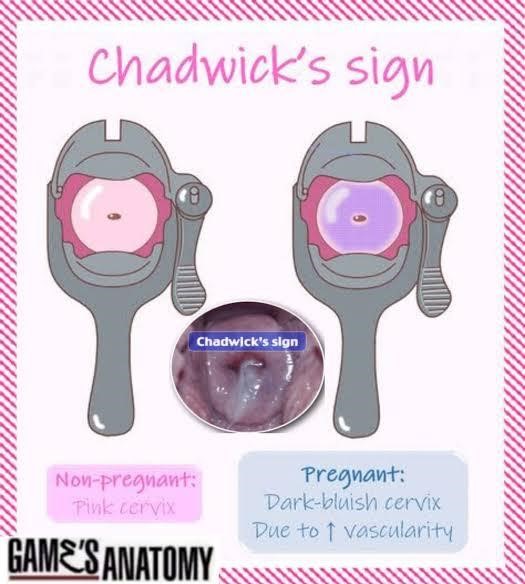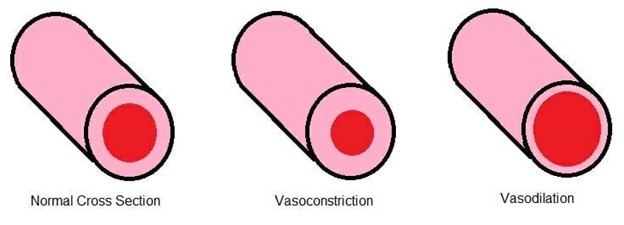During a prenatal visit, a pregnant woman says, "I know the amniotic fluid is important, but can you tell me more about it?" When describing amniotic fluid to a pregnant woman, which description would the nurse most likely include?
This fluid acts as a cushion to help protect your baby from injury.
The amount of fluid remains fairly constant throughout the pregnancy.
The fluid is mostly protein to provide nourishment to your baby.
This fluid acts as a transport mechanism for oxygen and nutrients.
The Correct Answer is A
Choice A Reason: This is correct because this description accurately reflects one of the main functions of amniotic fluid, which is to act as a shock absorber and buffer against external forces or movements that could harm the fetus. Amniotic fluid also allows the fetus to move freely and develop its muscles and bones.
Choice B Reason: This is incorrect because this description is false. The amount of amniotic fluid changes throughout the pregnancy, depending on the stage of fetal development and other factors. The normal range of amniotic fluid volume is between 500 and 1000 mL at term. Too much or too little amniotic fluid can indicate a problem with the fetus or the placenta.
Choice C Reason: This is incorrect because this description is false. The fluid is not mostly protein, but mostly water (about 98%). The water comes from the mother's blood plasma and the fetal urine. The remaining 2% of amniotic fluid consists of various substances, such as electrolytes, hormones, enzymes, antibodies, and fetal cells. Amniotic fluid does not provide nourishment to the fetus, but rather protects it from infection and helps regulate its temperature.
Choice D Reason: This is incorrect because this description is false. Amniotic fluid does not act as a transport mechanism for oxygen and nutrients, but rather as a barrier that prevents them from reaching the fetus directly. Oxygen and nutrients are delivered to the fetus through the placenta and the umbilical cord, which are connected to the maternal blood circulation.
Nursing Test Bank
Naxlex Comprehensive Predictor Exams
Related Questions
Correct Answer is A
Explanation
Choice A Reason: This is correct because Chadwick's sign is a bluish or purplish discoloration of the cervix, vagina, and vulva caused by increased blood flow to the pelvic area during pregnancy. It is one of the earliest signs of pregnancy and can be observed as early as six to eight weeks of gestation.
Choice B Reason: This is incorrect because Goodell's sign is a softening of the cervix due to increased vascularity and edema during pregnancy. It is another early sign of pregnancy and can be detected by palpation around six to eight weeks of gestation.
Choice C Reason: This is incorrect because Hegar's sign is a softening of the lower uterine segment or isthmus during pregnancy. It is also an early sign of pregnancy and can be felt by bimanual examination around six to twelve weeks of gestation.
Choice D Reason: This is incorrect because Homan's sign is a pain in the calf or popliteal region when the foot is dorsiflexed. It is a sign of deep vein thrombosis, which is a potential complication of pregnancy, but not a normal finding.

Correct Answer is B
Explanation
Choice A Reason: This is incorrect because marijuana is a psychoactive substance that affects the central nervous system and can cause euphoria, relaxation, altered perception, and impaired memory. It does not cause tachycardia, hypertension, or vasoconstriction in pregnant women or their fetuses.
Choice B Reason: This is correct because cocaine is a stimulant substance that affects the cardiovascular system and can cause tachycardia, hypertension, vasoconstriction, arrhythmias, and ischemia in pregnant women or their fetuses. It can also increase the risk of placental abruption, preterm labor, intrauterine growth restriction, and fetal death.
Choice C Reason: This is incorrect because nicotine is a stimulant substance that affects the respiratory system and can cause bronchodilation, increased heart rate, and increased blood pressure in pregnant women or their fetuses. However, it does not cause vasoconstriction, but rather vasodilation.
Choice D Reason: This is incorrect because caffeine is a stimulant substance that affects the central nervous system and can cause alertness, insomnia, anxiety, and increased urine output in pregnant women or their fetuses. It does not cause tachycardia, hypertension, or vasoconstriction in moderate doses.
Choice E Reason: This is incorrect because heroin is an opioid substance that affects the central nervous system and can cause euphoria, sedation, analgesia, and respiratory depression in pregnant women or their fetuses. It does not cause tachycardia, hypertension, or vasoconstriction.

Whether you are a student looking to ace your exams or a practicing nurse seeking to enhance your expertise , our nursing education contents will empower you with the confidence and competence to make a difference in the lives of patients and become a respected leader in the healthcare field.
Visit Naxlex, invest in your future and unlock endless possibilities with our unparalleled nursing education contents today
Report Wrong Answer on the Current Question
Do you disagree with the answer? If yes, what is your expected answer? Explain.
Kindly be descriptive with the issue you are facing.
